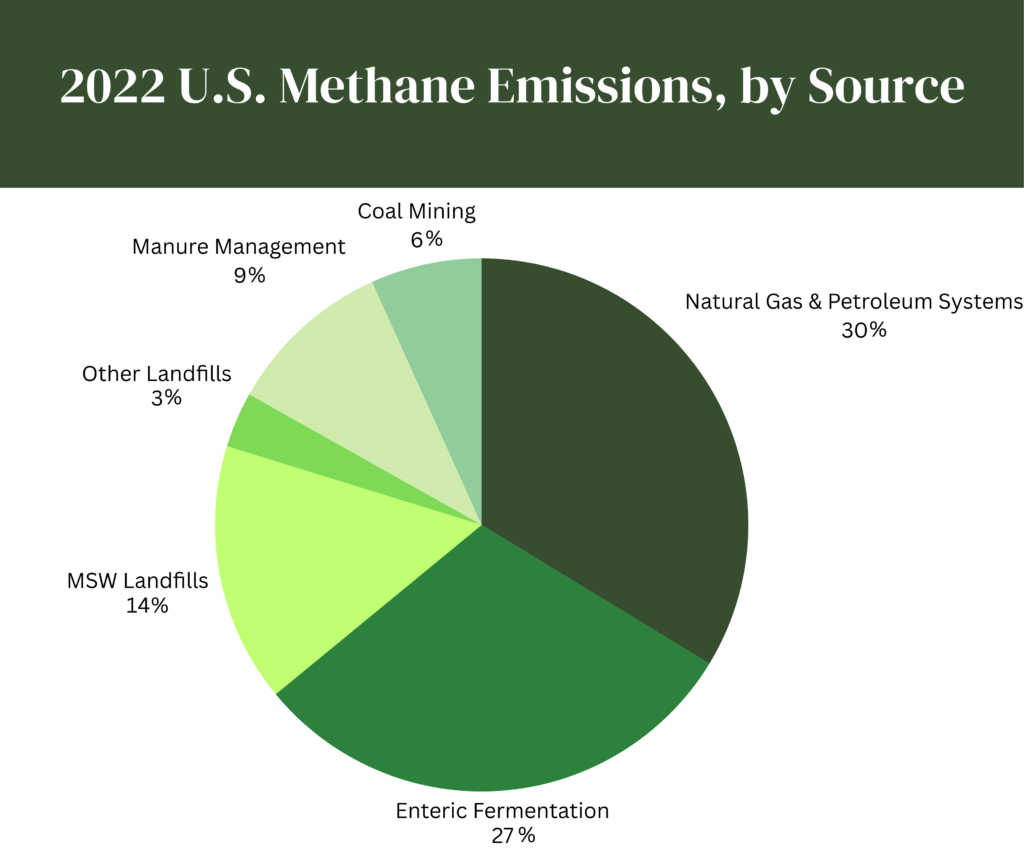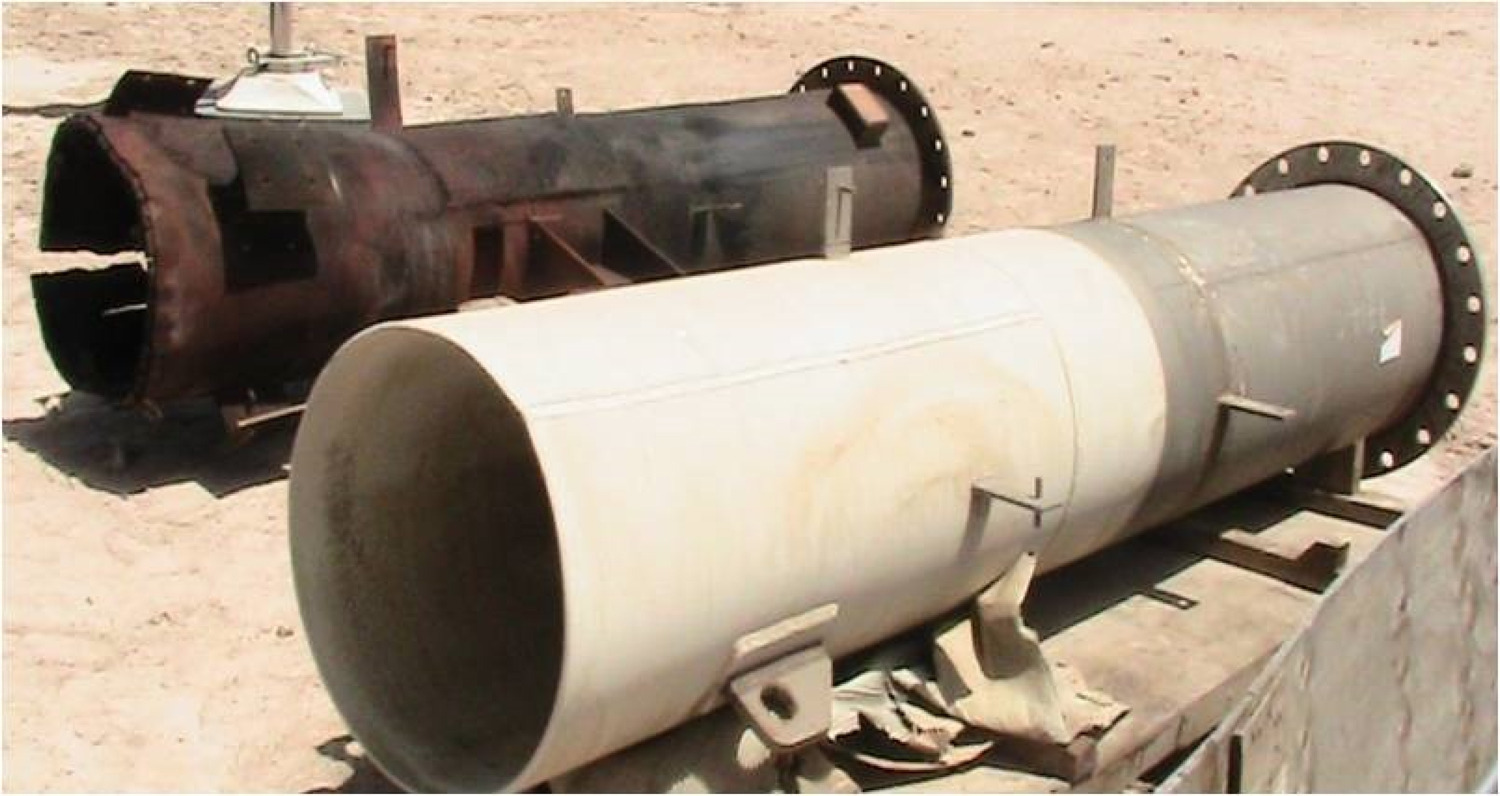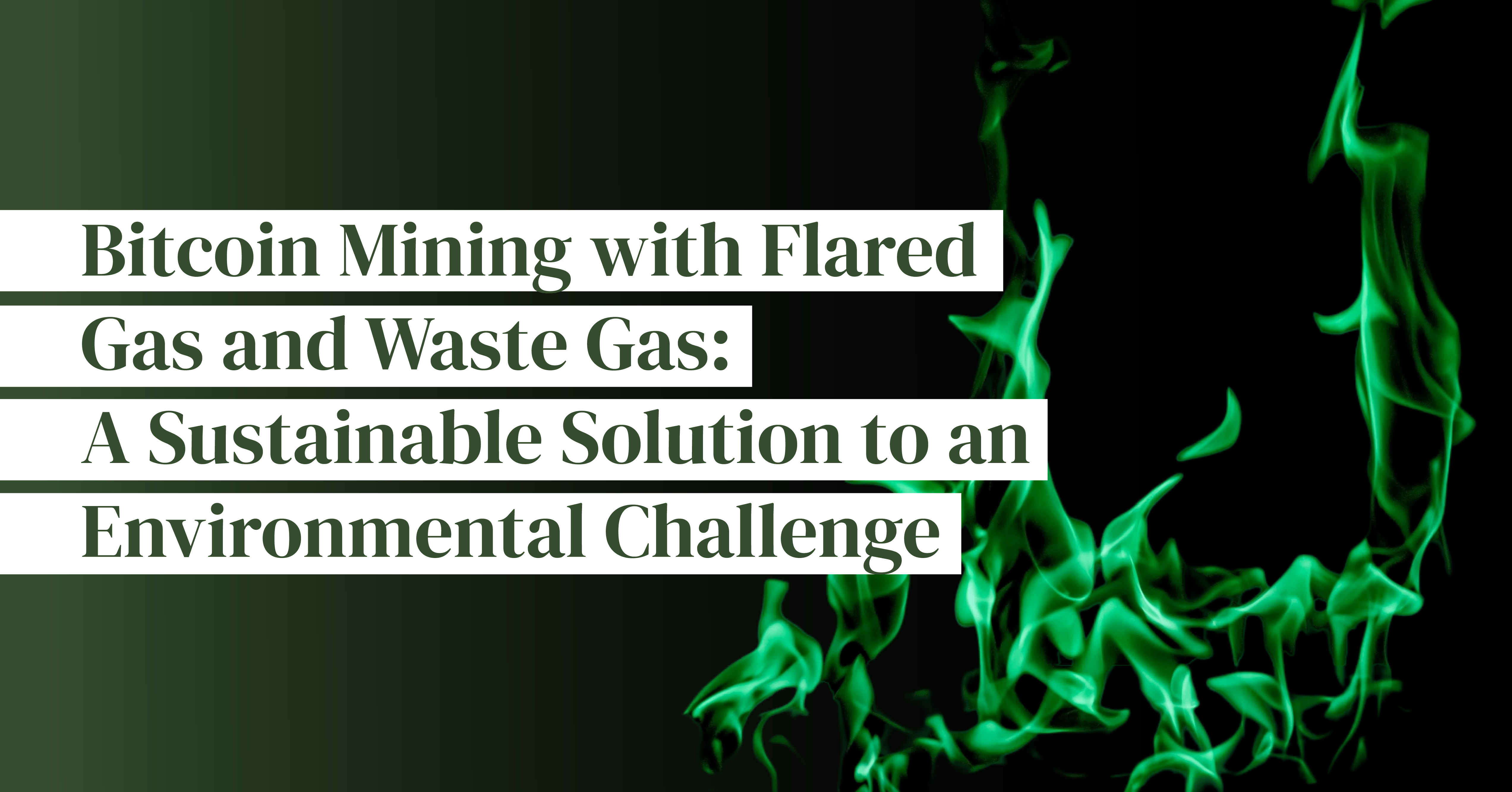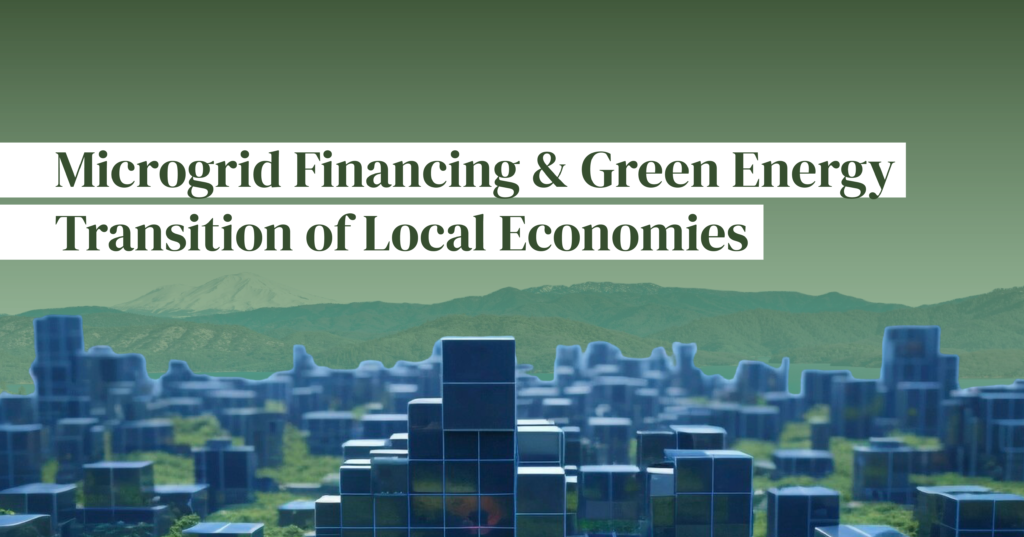Introduction
In the previous article, “Bitcoin Mining vs. High-Performance Data Centers and the Renewable Energy Challenge,” we explored the unique energy requirements of Bitcoin mining compared to high-performance data centers. Building upon that foundation, this article delves into the pressing issue of flared and waste gas in the energy sector and examines how Bitcoin mining presents a sustainable solution.
Gas flaring, the practice of burning off excess natural gas during oil extraction, poses a significant environmental challenge by releasing greenhouse gases into the atmosphere, exacerbating climate change. This waste of valuable resources harms the environment and represents a missed opportunity for energy utilization.
In this article, we will analyze the problem of flared and waste gas in the energy sector, investigate how Bitcoin mining can provide a sustainable alternative & assess the environmental and economic benefits of utilizing waste gas for mining. We’ll also discuss real-world case studies of successful waste gas utilization in Bitcoin mining, and address the challenges and potential solutions related to implementing this approach.
By exploring the intersection of Bitcoin mining and waste gas utilization, we aim to illuminate an innovative solution that can mitigate the environmental impact of gas flaring while creating economic opportunities in the energy sector.
The Problem of Flared Gas and Waste Gas

Gas flaring is widespread in the oil and gas industry, particularly in areas with insufficient infrastructure to capture and transport natural gas. This process releases significant volumes of carbon dioxide (CO2) and methane (CH4)—a greenhouse gas far more potent than CO2—increasing global warming and contributing to local air pollution (methane gas is up to 80 times more potent than CO2 in terms of its global warming potential over a 20-year period).
According to the Global Gas Flaring Tracker Report, in 2023, gas flaring resulted in the release of 381 million tonnes of CO2 equivalent, with a substantial part of that being attributed to methane gas, Based on the U.S. Environmental Protection Agency’s Greenhouse Gas Equivalencies Calculator, the climate impact of this gas flaring is equivalent to adding approximately 82 million passenger vehicles to the road for one year.
Other industries add to the problem as well. Waste gas is produced as a byproduct of various industrial processes. In landfills, the decomposition of organic waste generates methane, often vented or flared due to insufficient infrastructure. Similarly, in agriculture, methane is released from livestock manure and other organic materials. Wastewater treatment plants also produce methane during the breakdown of organic matter.
The environmental impact of these waste gases is substantial. They contribute to global warming and, in some cases, can create local health hazards. Traditional methods of managing waste gas, such as flaring or venting, are inadequate and often result in significant emissions.
For perspective, landfill gas emissions are the third largest human-made methane gas emitter in the US, equivalent to 14%, according to the U.S. Environmental Protection Agency.

Source: https://www.epa.gov/lmop/basic-information-about-landfill-gas
Tackling these emissions is crucial for cutting pollution and meeting climate goals. Last year, in July 2023, the White House hosted the first Methane Summit, attesting to the topic’s importance.
In some instances, the landfill waste gas and otherwise flared may be used to turn it into electricity for, for example, the local energy grids or other purposes. However, in many cases, this may not be economically viable, especially if they are located in remote areas, which may often be the case.
Ready to transform your mining strategy?
Our innovative approach to earning Bitcoin provides optimized exposure to mining returns without the traditional operational headaches.
Bitcoin as a Solution: Turning Wasted Gas into Energy
Bitcoin mining offers a unique solution to the problem of wasted gas, transforming an environmental liability into a profitable venture. As a location-agnostic energy demander, Bitcoin mining can utilize flared or waste gas to generate electricity, regardless of where it’s produced.

Energy producers can capture and convert the gas into electricity on-site, which is used for power mining operations. This process reduces the environmental impact of flaring and monetizes what would otherwise be wasted energy.
This means turning an environmental challenge into a revenue stream for energy companies. Energy producers can use Bitcoin mining to create a new revenue stream, offsetting losses from flaring. This approach is valuable in regions lacking infrastructure to capture and transport natural gas. By using portable Bitcoin mining units, companies avoid the need for expensive pipeline construction or other infrastructure investments.
The environmental benefits of using flared gas for Bitcoin mining are substantial. Converting gas that would otherwise be flared or vented into electricity reduces the volume of greenhouse gases released into the atmosphere.
Real-World Case Studies: Successful Implementations
Several companies have already demonstrated the viability of using flared gas for Bitcoin mining. For example, Crusoe Energy Systems, a U.S.-based company, has partnered with oil and gas producers to deploy mobile Bitcoin mining units at flaring sites. These units capture flared gas, convert it into electricity, and use it to power Bitcoin mining operations, significantly reducing emissions while generating profit.
Another notable example is Upstream Data, a Canadian company that provides on-site Bitcoin mining solutions for oil and gas producers. Their systems are designed to be easily deployed and can operate in remote locations, offering a practical solution for producers looking to mitigate the environmental impact of flaring while generating revenue.
In Ireland, Scilling Mining, has partnered with Tom Campell to run a Bitcoin mining operation powered by an anaerobic digester that uses organic waste. The digester generates energy, part of which is fed into the electricity grid, while the excess energy is used to mine Bitcoin. This innovative solution monetizes surplus energy and provides a new model for sustainable cryptocurrency mining. Scilling Mining aims to expand this approach across Europe, identifying untapped clean energy sources for eco-friendly Bitcoin mining operations.
Documentary on the topic here:
Challenges and Solutions
While waste gas Bitcoin mining offers significant benefits, it faces several challenges.
The initial investment for mining hardware, cooling systems, and gas capture infrastructure is substantial.
Waste gas supply variability presents another hurdle. Flared gas volumes fluctuate with oil production, while landfill and agricultural waste gas may vary seasonally. To address this, operations must be flexible, capable of scaling based on gas availability. Some are exploring hybrid systems that can switch between waste gas and alternative energy sources as needed.
Remote site logistics poses additional challenges. Flaring often occurs at isolated oil and gas sites with limited access and infrastructure. Miners face difficulties transporting and setting up equipment, housing personnel, and securing reliable power and internet connectivity. Partnering closely with oil and gas operators is crucial for overcoming these logistical hurdles.

The extreme operating conditions at flare sites necessitate specialized equipment. Hardware must withstand high temperatures, dust, and corrosive gases. This requirement can increase upfront costs, and robust maintenance and monitoring are critical for continuity.
Regulatory challenges exist in regions with unclear legal frameworks around Bitcoin mining or waste gas utilization. Navigating complex and evolving regulations in energy and cryptocurrency requires engaging with multiple governing bodies. Miners benefit from partnering with experienced oil and gas operators to address these issues.
An emerging challenge is the potential for changing energy cost dynamics. Initially, producers may offer wasted gas at very low costs. However, as economic benefits become apparent, they might demand higher prices. This could impact mining profitability, as operations rely on extremely low-cost energy.
Despite these challenges, solutions are emerging. Technological advances make mining more efficient and cost-effective. Innovations like transportable mining data centers, immersion cooling, and remote monitoring improve flared gas mining viability.
Partnerships between energy companies and miners help overcome logistical and regulatory hurdles. Establishing mutually beneficial, long-term energy pricing agreements sustains operations in evolving market dynamics.
As the Bitcoin mining industry and oil and gas operators innovate together, they find creative solutions to unique flared gas challenges. The potential to turn an environmental liability into an economic asset drives efforts to scale this sustainable energy solution.
Conclusion
Integrating Bitcoin mining with flared and waste gas utilization offers a solution to two pressing environmental challenges. These include the harmful practice of gas flaring and the emission of waste gases from various industries. By turning these gases into energy for Bitcoin mining, we can reduce greenhouse gas emissions. This approach also creates new economic opportunities and contributes to a more sustainable energy future.
As the energy industry evolves, innovative solutions will be crucial for economic growth and environmental sustainability. The recognition of methane as a critical climate issue highlights the importance of addressing this challenge directly. By harnessing Bitcoin mining’s potential, energy producers can help mitigate climate change and transform environmental liabilities into profits.
While challenges remain, early success stories and technological advancements paint an optimistic picture for this approach. Moving forward, continued research, regulatory support, and industry collaboration are key to realizing Bitcoin mining’s potential for sustainable waste gas management.
If you hadn’t had the chance to dig deeper, in our previous article we explored how Bitcoin mining can address renewable energy challenges.







